The UH administration’s announcement to unilaterally impose a salary reduction for UH faculty in the new year is disturbing but not surprising. It is characteristic of the way the faculty have been treated since April 2008, when UHPA first initiated negotiations for a renewed contract. The UH administration has consistently attempted to circumvent the collective bargaining process, and the UH administration’s latest edict is yet another example of this. It is important to point out that the UH administration did not directly notify UHPA about their decision to implement the pay cut; we found out when media called about the press release issued by the UH administration.
Our current contract is designed to remain in effect until a new one takes its place. It was confirmed in July 2009 by former Associate Supreme Court Justice Mario Ramil that the language in our current contract establishes an “evergreen clause.” It appears the UH administration would like to legally challenge this evergreen clause, and UHPA is fully prepared to go to court to defend this.
For almost two years now, the faculty has offered many different solutions to help the UH address the state’s budget shortfall while being careful not to compromise the quality of education. The UH administration ignored or rejected our ideas. Restricting funds for the UH – the only revenue-generating state institution — and reducing costs to meet arbitrarily set budget targets only hurts students, our state and our economy even further. If there are insufficient funds to support the university, despite the faculty generating twice as much in tuition and external grant funding than it receives in state general revenues, then the consequences will be fewer courses, fewer programs, fewer campuses, fewer faculty, and higher costs to the consumers of public higher education.
The faculty has always raised its voice of caution. Attempting to cut UH faculty salaries to meet the budget shortfall will cut our nose to spite our face. It is short-sighted and self-destructive. We will have more to lose than to gain, and it will be virtually impossible to regain what we have lost in terms of our reputation as a Tier 1 research institution and our ability to attract high-caliber faculty at all campuses.
Our four-year contract proposal would have provided a viable alternative to the UH administration’s “last, best, final” offer, which was actually its first and only formal proposal to the faculty. Although UH President M.R.C. Greenwood claims faculty salaries must be competitive, we have not seen any attempt on her part to keep this promise. Instead, faculty salaries and contributions for health insurance continue to decline and she has not served as an advocate for the UH system. Ultimately, we need a president with vision, who can set a strong direction for the UH and who is willing to support the faculty in word and deed.
UH President M.R.C. Greenwood praises other state employee unions for agreeing to their contracts, but it’s important to note, unlike the UH faculty, they have not been asked to mentor more students and teach more classes, nor have they brought in significant revenue from external funding sources. President Greenwood also fails to acknowledge the state is now grappling with the consequences of those other contract settlements. There must now be a significant investment of time and resources to unravel the chaos and to find appropriate ways to make those settlements work.



